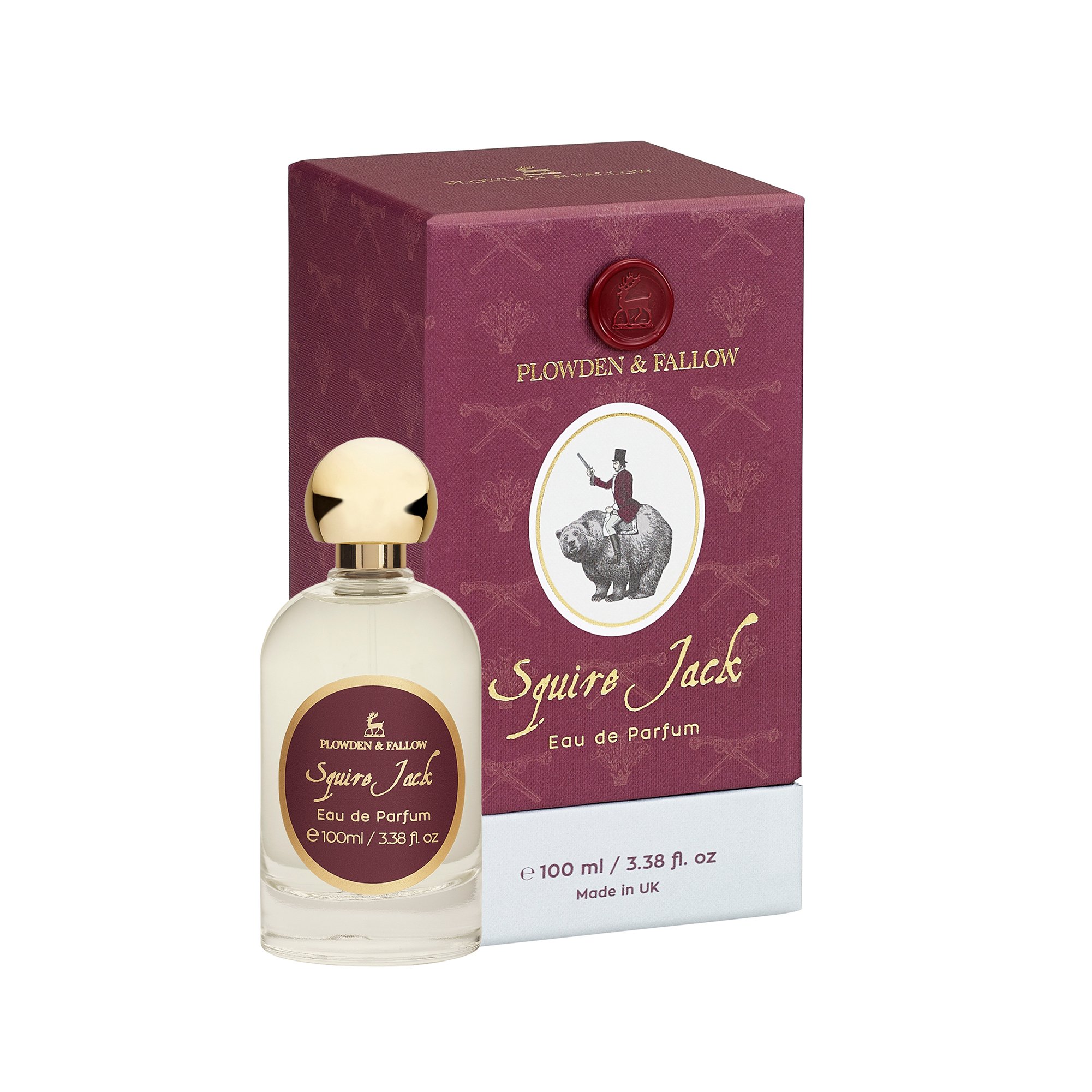Woody Perfume Ingredients and their sesonality
Plowden & Fallow’s A Masquerade Perfume
When it comes to perfumes, there's something undeniably alluring about the warm, earthy, and comforting about woody notes within a fragrance composition. Woody fragrances have been cherished for centuries and continue to hold a special place in the world of perfumery, from Middle Eastern oud, to sandalwood, these ingredients have had timeless appeal. In this blog post, we'll delve into the world of woody perfume ingredients, their use in fragrances, and their seasonality.
Some notable forms of Woody Perfume Ingredients:
Sandalwood: Sandalwood is one of the most iconic woody fragrance ingredients. It imparts a creamy, soft, and slightly sweet aroma to perfumes. Sandalwood is often used as a base note, providing depth and longevity to the scent.
Cedarwood: Cedarwood brings a fresh, woody, and slightly smoky scent to perfumes. It's commonly used in both men's and women's fragrances, adding a touch of sophistication and depth.
Patchouli: Although often associated with the '60s and '70s, patchouli is still a valuable ingredient in perfumery. It has a rich, earthy, and balsamic scent and is often used as a base note to anchor more volatile top notes.
Vetiver: Vetiver, with its smoky, earthy, and rooty aroma, is a staple in many men's fragrances. It provides a sense of grounding and strength to the scent.
Agarwood (Oud): Agarwood, or oud, is one of the most precious and expensive fragrance ingredients. It exudes a complex, resinous, and slightly medicinal scent. Oud is often used as the star ingredient in luxurious, niche perfumes.
The above are just some of the most common forms of ‘woody’ fragrance ingredients that we here at Plowden & Fallow utilise in our fragrances.
Use in Perfumes
Woody perfume ingredients are versatile and can be found in a wide range of fragrance categories, from oriental and chypre to fougère and even some floral scents. They play various roles within a fragrance:
Base Notes: Most woody ingredients are used as base notes in perfumes. They provide longevity to the scent, helping to ensure it lingers on the skin for hours.
Middle Notes: Some woody ingredients, like cedarwood, can also serve as middle notes. They add complexity and character to the fragrance's heart.
Blending: Woody ingredients are often used to anchor and balance the more volatile top notes in a perfume. Their warmth and depth can enhance the overall composition.
Seasonality
The season in which a wood-based perfume is best worn depends on the specific ingredients and their intensity. But here's a general guide:
Spring: Lighter woody fragrances with fresh, green notes, like cedarwood, are ideal for spring. They evoke the awakening of nature and the fresh, crisp air.
Summer: During the heat of summer, consider opting for fragrances with citrusy, or herbal top notes combined with woody base notes. They provide a clean and refreshing feel.
Autumn: The transition to cooler weather calls for deeper, more resinous woods, like sandalwood and patchouli. These scents complement the falling leaves and earthy surroundings.
Winter: The cold season is perfect for rich and intense woody fragrances, such as oud-based perfumes. These scents provide warmth and comfort during the chilly months.
In conclusion, wood perfume ingredients bring a touch of nature and a sense of timeless elegance to the world of fragrances. Their use in perfumery is diverse, and the seasonality of these scents can help you choose the perfect fragrance for any occasion and weather. So, whether you're looking for a summer-fresh fragrance or a cozy winter scent, there's a wood-based perfume waiting to envelop you in its captivating embrace.
Whilst all Plowden & Fallow fragrances contain woody notes, we would recommend exploring our Squire Jack or A Masquerade Eau de Parfums for this upcoming Winter season.
Yours faithfully,
Plowden & Fallow Customer Services.
(Note: This blog post is a creative piece designed to provide information about woody perfume ingredients. For accurate and up-to-date information about specific fragrances or ingredients, it is recommended to refer to the respective brand.)



